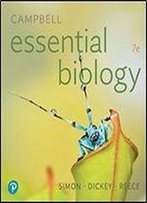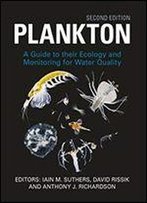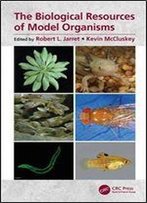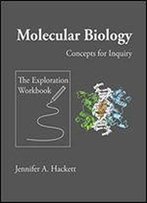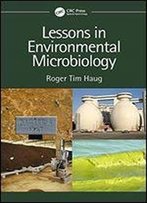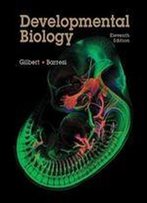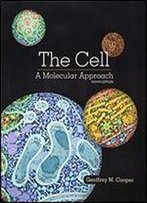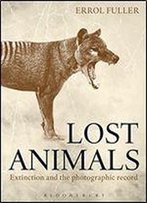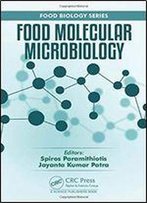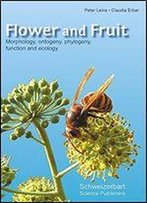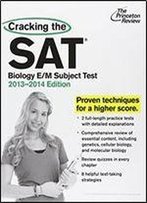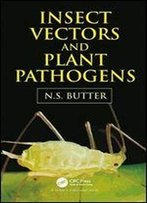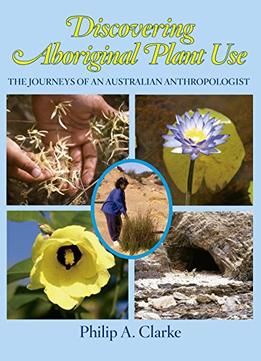
Discovering Aboriginal Plant Use: The Journeys Of An Australian Anthropologist
by Philip A Clarke /
2014 / English / EPUB
8.9 MB Download
The career of a museum-based anthropologist is diverse, involving the curation of artifact collections, organizing exhibits, answering inquiries, and conducting fieldwork. Philip A. Clarke started work at the South Australian Museum over 30 years ago, and, during that time, his role changed from museum assistant, to collection manager, registrar, curator, and head of anthropology. There are many ways to explore a culture other than your own, and Clarke chose ethnobotany as the 'window' through which to gain insights into Aboriginal Australia. Ethnobotany is a diverse field that is concerned with investigating the relationships between human cultures and the flora. In the past, it was mainly used by scholars who studied the societies of hunter-gatherers and non-Western horticulturalists. Today, it is increasingly being used to document aspects of the lives of Indigenous peoples in a postcolonial world. Clarke argues that we can understand a people better if we know how they see and use plants. In this book, Clarke dips into his field journals to provide a rich account of journeys - as both an anthropologist and an ethnobotanist - that span the temperate, arid, and tropical zones of Australia and neighboring landmasses. Clarke describes the cultural and natural heritage of each region, examining the distinctiveness of the plant life used by Australia's Aboriginal people. *** "Nicely illustrated throughout with color photography…exceptionally well written, organized, and presented [with Endnotes, References, Common Names Index, Scientific Plant Names Index, and General Index]…highly recommended for academic library Anthropology and Ethnobotany reference collections in general, and Australian Aboriginal Studies supplemental reading lists in particular." - Midwest Book Review, Reviewer's Bookwatch, Carson's Bookshelf, December 2014Ëœ
